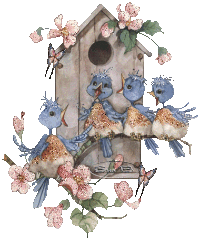ANIMALS WORLD
The external features of an animal are the details of the animal that you can see.
For examples:
- A fish has fins and a tail. Its body is covered with scales. A fish has no legs.
- An elephant has four legs, a trunk, tusks, head and eyes. It also has big ears and body.
These are examples of the external features of animals.
Look at these animals. Identify their external features.
Things that look the same are called similar. Things that do not look the same are called different. When we compare two things, we look for their similarities and differences. **Some animals are not safe to be touched. Be kind to animals.
CLICK the [ARROW] view the video!
Let's get an example of a PARROT and an OSTRICH !
What are the similarities between a parrot and an ostrich?
A parrot and an ostrich have similar external features. Both have wings, beaks and two legs. Their bodies are covered with features.
Any differences between a parrot and an ostrich?
An ostrich and a parrot also have different external features. An ostrich has a long neck and two long legs while a parrot has a short neck and two short legs. The beak of a parrot is short and hooked while an ostrich has a flat beak.
EXERCISE 1
List the external features of the animal.
Animal
|
Features
|
Butterfly
|
|
Fish
|
|
Goat
|
|
Parrot
|
Answer: CLICK HERE

















